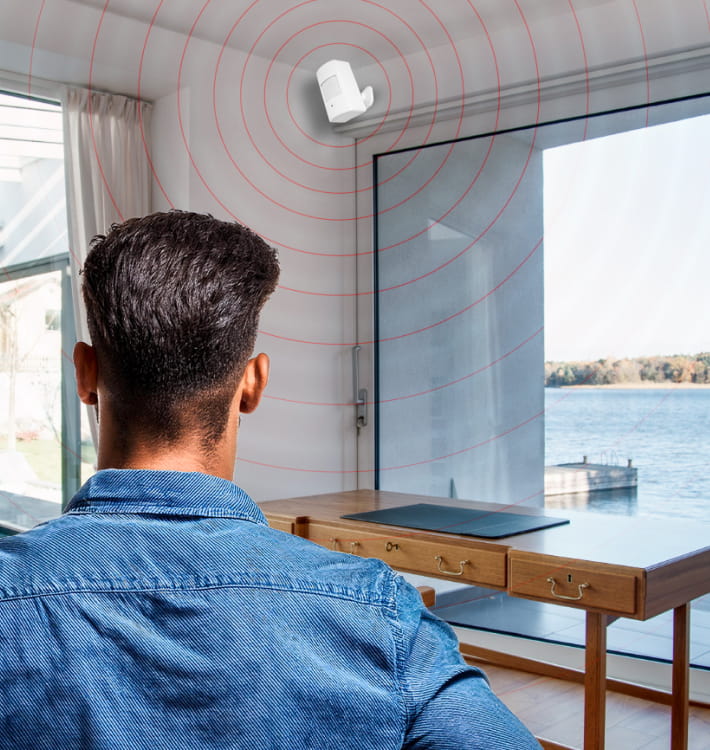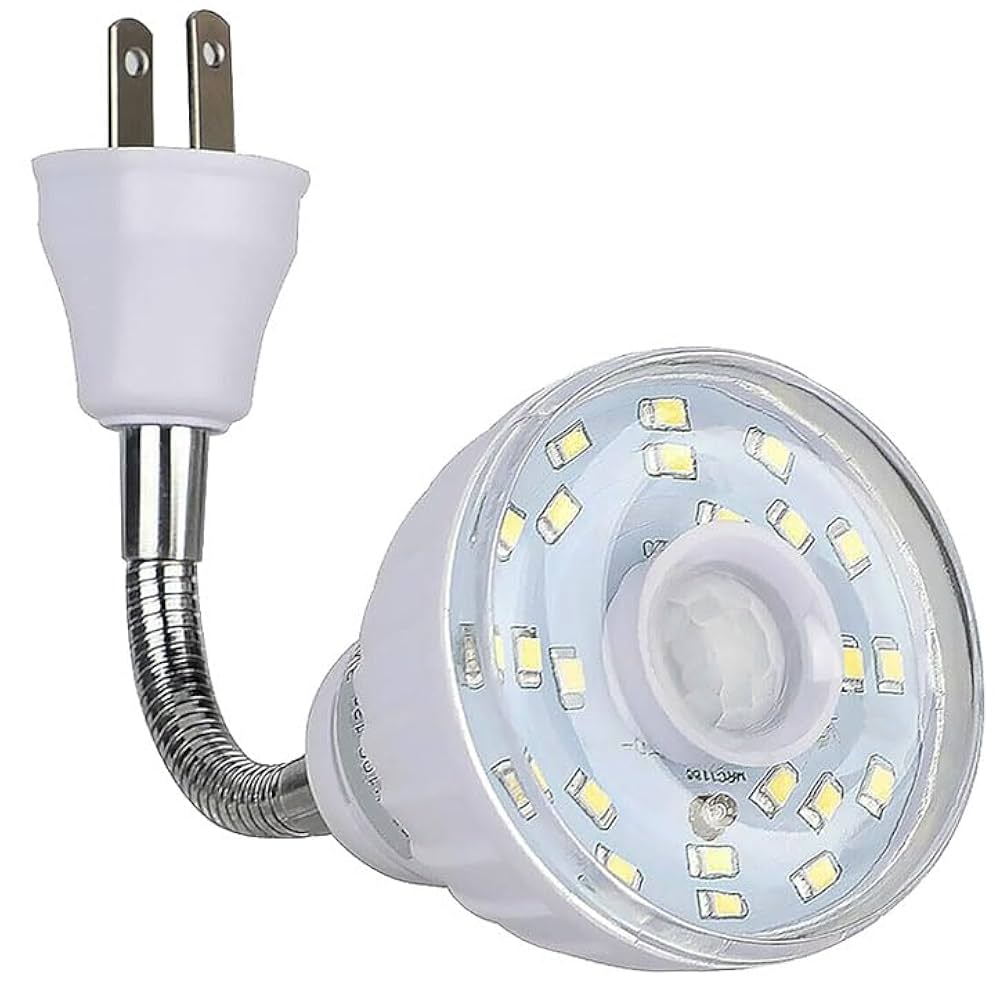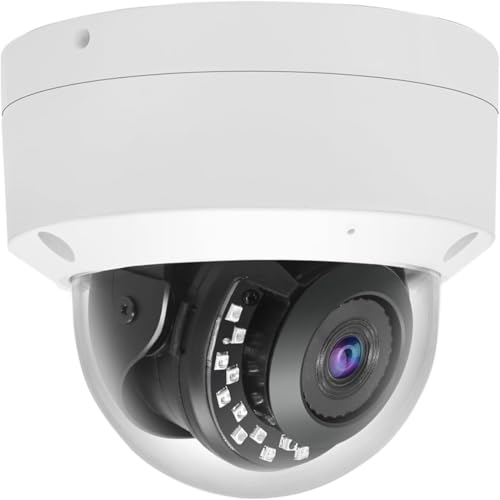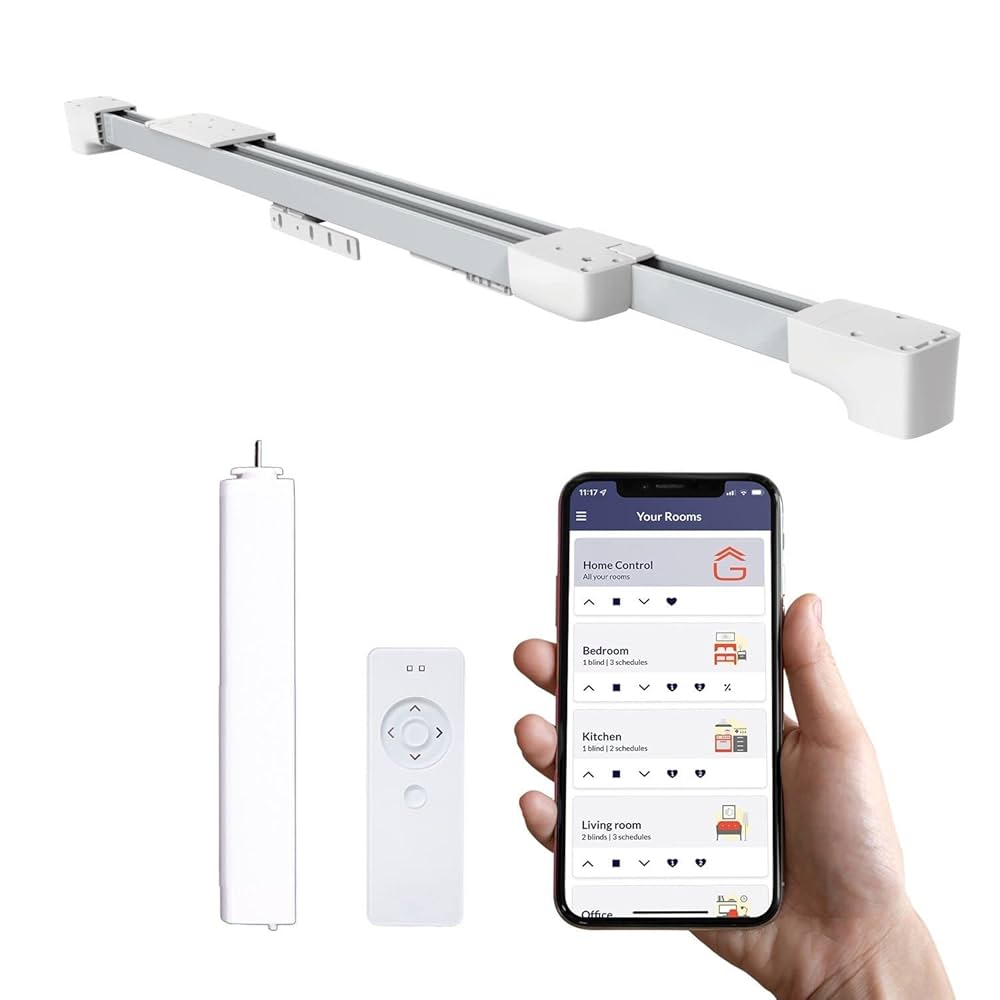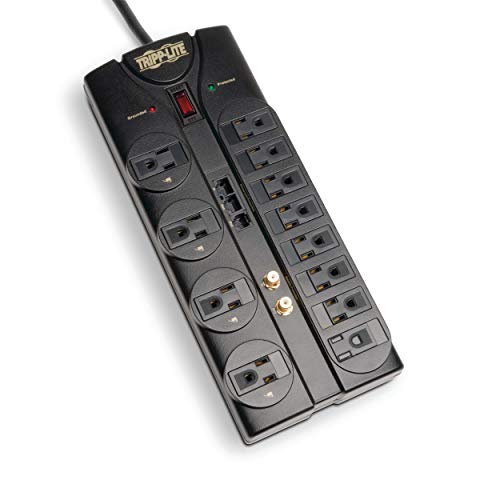Imagine walking into a room, and the lights turn on just for you. No need to fumble for switches or worry about wasting energy.
Automating with motion sensors can make this a reality in your home or office. You’ll save time, boost convenience, and even cut down on your electricity bills—all without lifting a finger. Curious how this simple technology can change your daily routine?
Keep reading to discover how motion sensors can bring smart automation to your space, making life easier and more efficient than ever.
Benefits Of Motion Sensors
Motion sensors detect movement to control devices automatically. They help save energy, improve security, and add comfort.
Using motion sensors in homes or offices makes life easier and more efficient. They turn things on or off only when needed.
Energy Savings
Motion sensors reduce energy waste by turning lights and appliances off when no one is around. This lowers electricity bills.
They are useful in rooms used occasionally, such as bathrooms or storage areas. Sensors ensure devices run only when needed.
- Automatically switch off lights in empty rooms
- Limit heating or cooling to occupied spaces
- Reduce unnecessary appliance use
Enhanced Security
Motion sensors alert you to unexpected movement around your property. They can trigger lights or alarms to scare off intruders.
Using sensors outdoors improves night-time visibility. This helps you see visitors or unwanted guests before they get too close.
- Detect movement near doors or windows
- Activate lights to deter burglars
- Connect with security cameras for better monitoring
Convenience And Comfort
Motion sensors make daily life easier by automating tasks. Lights turn on as you enter and off when you leave a room.
This hands-free control adds comfort, especially in dark or busy areas. It also helps people with limited mobility move safely.
- Automatic lighting in hallways and entrances
- Hands-free control for busy or carrying moments
- Improved safety in homes and workplaces
Types Of Motion Sensors
Motion sensors detect movement in an area. They help automate lights, alarms, and other devices.
There are different types of motion sensors. Each type works in a unique way to detect motion.
Passive Infrared Sensors
Passive Infrared (PIR) sensors detect heat from people or animals. They sense infrared light changes caused by movement.
PIR sensors do not emit any energy. They only listen for changes in heat levels around them.
Ultrasonic Sensors
Ultrasonic sensors send out sound waves above the human hearing range. They measure how long it takes for the waves to bounce back.
If the time changes, it means something moved in the area. These sensors can cover wide spaces.
Microwave Sensors
Microwave sensors emit microwave pulses. They detect movement by measuring the reflection of these waves.
They can work through walls and other objects. Microwave sensors cover larger areas than PIR sensors.
Dual-technology Sensors
Dual-technology sensors use two types of detection together. Usually, they combine PIR and microwave sensors.
This combination reduces false alarms. Both sensors must detect motion to trigger a response.
Common Applications
Motion sensors detect movement and trigger actions automatically. They help save energy and add convenience.
Many places use motion sensors to control lights, alarms, and other devices.
Home Automation
Motion sensors turn lights on when someone enters a room. They also help control security alarms and smart devices.
Using motion sensors reduces electric bills and improves safety inside homes.
Commercial Buildings
In offices and stores, motion sensors manage lighting and climate control. They switch off devices when rooms are empty.
This automation lowers costs and keeps the environment comfortable for workers and customers.
Outdoor Lighting
Motion sensors activate outdoor lights only when people or cars approach. This saves energy and increases security.
- Driveway lighting
- Garden and pathway lights
- Porch and garage illumination
Industrial Settings
Factories use motion sensors to control machines and safety alarms. Sensors also manage lighting in work areas.
Automation improves safety and reduces energy waste in industrial environments.
Integration With Smart Systems
Motion sensors help automate many smart devices at home or work. They detect movement and send signals to connected systems.
These sensors work well with smart systems to improve comfort, safety, and energy use.
Smart Home Devices
Motion sensors link with smart home devices like lights and thermostats. They turn lights on when you enter a room and off when you leave.
Thermostats adjust heating or cooling based on room activity. This helps save energy and keep the house comfortable.
- Lights turn on/off automatically
- Thermostats adjust temperature
- Smart speakers respond to presence
Security Systems
Motion sensors detect intruders and alert security systems. They trigger alarms or notify homeowners through apps.
These sensors can also activate cameras to record suspicious activity. This adds an extra layer of protection.
- Triggers alarms on movement
- Sends alerts to mobile devices
- Activates security cameras
Energy Management Platforms
Motion sensors help energy platforms track when rooms are in use. The system adjusts power to lights and appliances accordingly.
This reduces electricity waste and lowers bills. Energy platforms gather data from sensors to improve efficiency.
- Monitors room occupancy
- Adjusts power to devices
- Reduces energy waste
Installation Tips
Installing motion sensors can make your home smarter and more efficient. Proper setup helps sensors work well and last long.
Follow these tips to place and wire your sensors correctly. This reduces problems and saves time.
Optimal Sensor Placement
Place motion sensors where they cover the most area. Corners of rooms often work best. Avoid placing them near heat sources.
Keep sensors about 6 to 8 feet high. This height helps them detect movement accurately.
- Install in entryways or hallways
- Avoid pointing sensors at windows
- Do not block sensors with furniture
- Keep away from direct sunlight
Avoiding False Triggers
False triggers waste energy and cause annoyance. Limit sensor views to areas with human movement only.
Keep pets out of sensor range if possible. Adjust sensitivity settings to reduce false alarms from small animals.
- Do not point sensors at trees or plants
- Adjust sensitivity for your space
- Use pet-friendly sensors if needed
- Check for moving shadows or reflections
Wiring And Power Considerations
Use the right wires and power sources for your sensors. Follow the manufacturer’s instructions carefully.
Ensure power is off before wiring. Secure all connections to avoid shorts or loose wires.
- Use low-voltage wiring if possible
- Check power supply matches sensor needs
- Keep wires neat and away from water
- Test sensor after wiring before final installation

Credit: xilirprojects.com
Challenges And Solutions
Automating with motion sensors makes many tasks easier. These sensors detect movement and trigger actions automatically.
Still, using motion sensors has some challenges. Understanding these helps to find good solutions for smoother automation.
Sensor Range Limitations
Motion sensors have a limited range where they can detect movement. Objects or walls can block their signals.
Placing sensors too far from the area reduces their effectiveness. It may cause missed detections or false alarms.
- Use multiple sensors to cover larger areas
- Place sensors where they have a clear view
- Choose sensors with adjustable range settings
Environmental Interference
Environmental factors like sunlight, temperature, and pets can affect sensor performance. Bright light may cause false triggers.
Moving pets might activate sensors meant for humans. Dust and dirt on sensors also reduce their sensitivity.
- Use sensors with pet immunity features
- Avoid placing sensors near windows or heat sources
- Keep sensors clean to maintain accuracy
Maintenance And Calibration
Motion sensors need regular maintenance to work well. Calibration ensures they detect movement correctly.
Ignoring maintenance can lead to sensor failure or poor detection. Checking sensors often keeps automation reliable.
- Clean sensors to remove dust and dirt
- Test sensor detection regularly
- Adjust settings based on changes in the environment
Future Trends
Motion sensors are becoming smarter and more common. They help automate many daily tasks.
New technology will make motion sensors more useful in homes and businesses.
Ai And Machine Learning Integration
AI helps motion sensors learn from patterns and improve over time. This makes automation smarter.
Machine learning lets sensors predict actions before they happen. This saves energy and time.
- Sensors adjust lighting based on user habits
- Security systems detect unusual movements more accurately
- Devices learn to reduce false alarms
Improved Sensor Accuracy
New sensor designs detect smaller movements and work in different conditions. This improves reliability.
Better accuracy helps automation respond only to real events, cutting down mistakes.
- Enhanced infrared sensors detect body heat more precisely
- Ultrasonic sensors track motion through walls or obstacles
- Faster response time reduces delays in automation
Expanding Use Cases
Motion sensors are now used beyond lights and alarms. New uses appear in health, retail, and more.
Automation with motion sensors can improve safety, energy use, and customer experience.
- Health monitoring tracks patient movements in hospitals
- Stores analyze customer flow to improve layouts
- Smart cities use sensors for traffic and street lighting control

Credit: www.ecaico.com

Credit: www.reddit.com
Frequently Asked Questions
What Are The Benefits Of Automating With Motion Sensors?
Automating with motion sensors saves energy by activating devices only when needed. It enhances security and convenience in homes and workplaces. These sensors reduce manual effort and improve system efficiency, making automation smarter and eco-friendly.
How Do Motion Sensors Work In Automation Systems?
Motion sensors detect movement using infrared, ultrasonic, or microwave technology. When motion is sensed, they trigger connected devices like lights or alarms. This instant response helps automate tasks and improves security and energy management.
Can Motion Sensors Be Used Outdoors For Automation?
Yes, motion sensors designed for outdoor use are weather-resistant and durable. They detect movement to automate lighting, security cameras, or alarms. Outdoor sensors enhance safety and energy efficiency in gardens, driveways, and building perimeters.
What Types Of Motion Sensors Are Best For Home Automation?
Infrared (PIR) sensors are common for home automation due to reliability and affordability. Ultrasonic and microwave sensors offer higher sensitivity and range. The best choice depends on the specific application and environment.
Conclusion
Motion sensors simplify automation. They enhance convenience and save energy. Homes become smarter. Offices gain efficiency. Safety improves with prompt alerts. Installation is straightforward, making them accessible. Costs are often affordable, fitting various budgets. These sensors adapt to various environments.
Technology continues to evolve, offering even more features. Automation with motion sensors proves practical and beneficial. Consider integrating them into your spaces. Enjoy the ease and efficiency they bring. A smart choice for modern living.
17 min read

